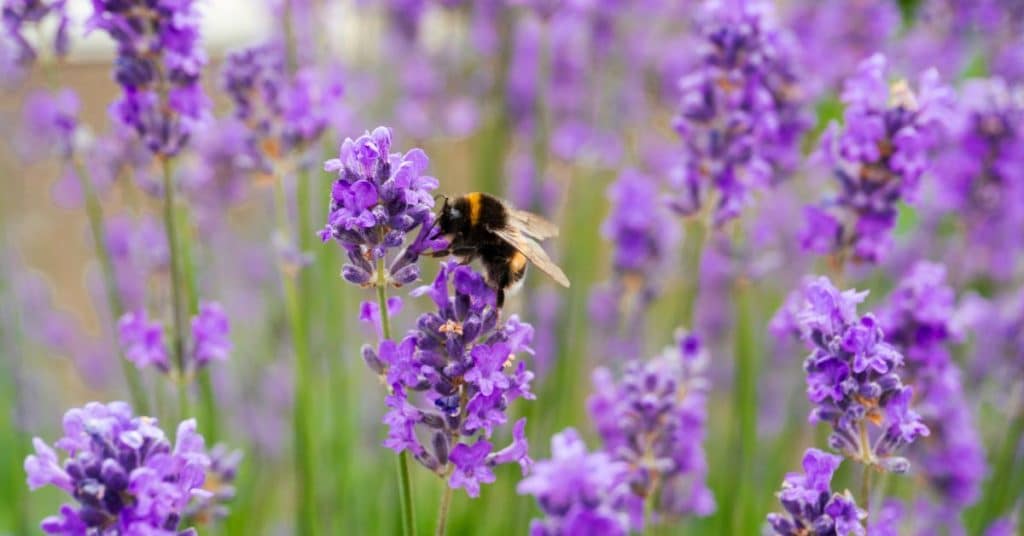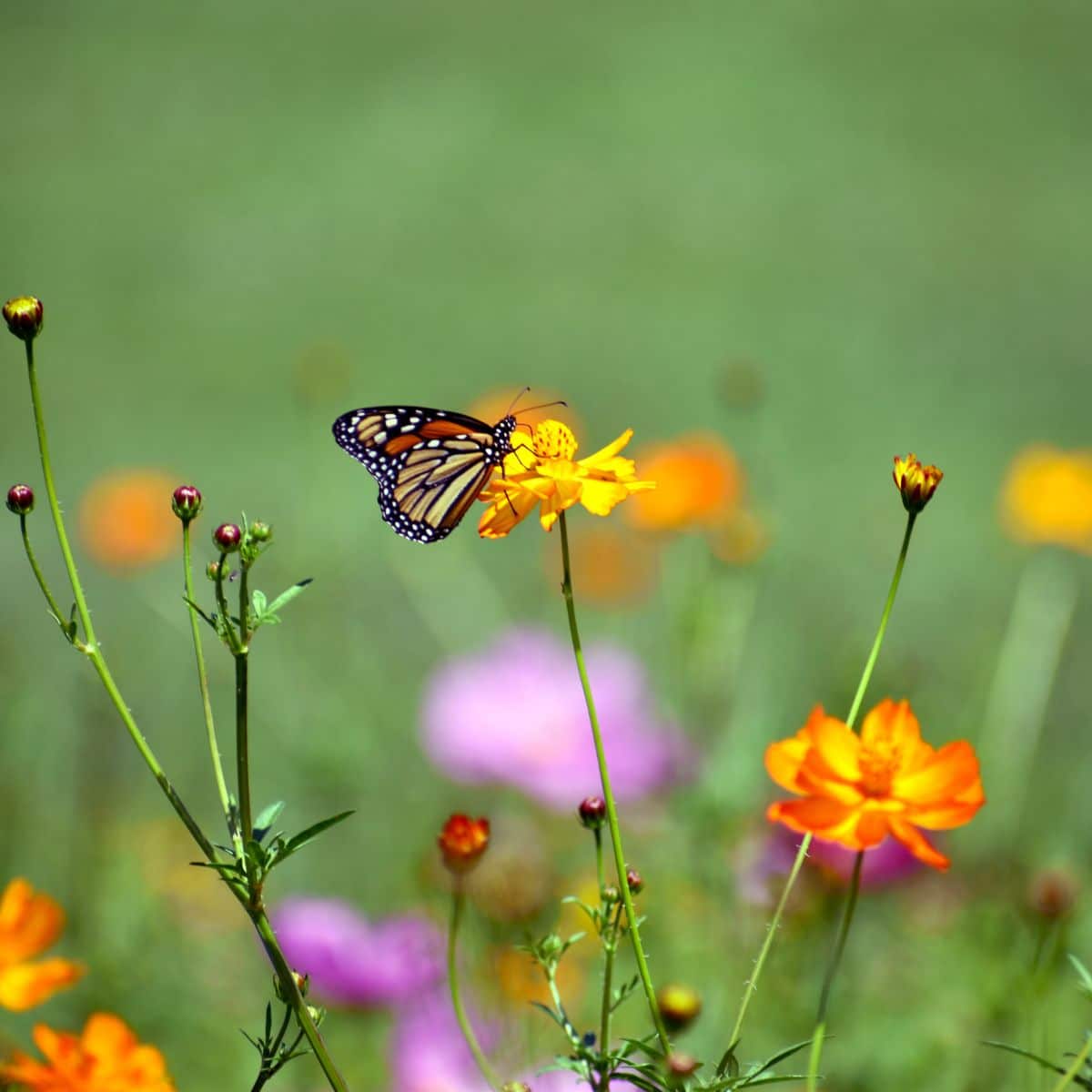

The next time you are biting into a fresh apple or crafting a delicious salad, be sure to thank pollinators. Pollinators are responsible for one out of every three bites of food we take every day.[1] Three-fourths of the flowering plants worldwide and 35 percent of the global food crop depend on pollinators to reproduce.[2] They are essential to not only our food production but also the health of our ecosystems.[2]
Pollination is needed for many plants to reproduce. Pollination happens when the pollen grains from the male anther of a flower are transferred to the female stigma.[2] Pollination allows plants to produce seeds, which then produce the next generation of plants.[2] Pollinators, which include bees, butterflies, birds, bats, and other insects, spend their days traveling from plant to plant in search of food, mates, shelter, and nest-building materials.[2] While doing so, they inadvertently take pollen from one plant to the next, pollinating the plant.[2]
Unfortunately, pollinator populations are in trouble. Habitat loss, overuse of pesticides, and climate change all contribute to massive population declines.[2] Bees, the most vital pollinators worldwide, are disappearing at alarming rates.[3] A study done by the Center for Biological Diversity found that of the 1,121 species of bees studied, 24 percent are at risk of extinction, and an additional 52 percent are showing population decline.[3] Additionally, butterfly populations have declined by 22 percent since 2000, and 52 percent of bat species are at risk of significant decline in the next fifteen years.[4][5]
However, we can all help protect and support pollinators. Starting in our yards and homes, we can help pollinators thrive.

1. Create a pollinator habitat
Incorporating pollinator-friendly plants into your landscape is one of the easiest and most beneficial ways you can support pollinators.[1] Planting a variety of native plants that bloom throughout spring, summer, and fall will ensure pollinators have food during each season.[2] While each growing region is different, staples like butterfly bushes, bee balm, and milkweed are beloved by pollinators and grow in most regions in the United States.
These free planting guides offer easy-to-follow guidelines for creating home pollinator gardens based on your region.
2. Build pollinator hydration stations
Hydration for pollinators is just as important as food, but sometimes it can be even harder to find.[1] Birdbaths are a great way to hydrate birds and attract them to your yard, but many are too deep for smaller pollinators such as bees and butterflies. For them, place a shallow dish of water outside in a safe place, like a deck or windowsill. Place several semisubmerged stones in the water dish so pollinators can easily drink without the risk of drowning.
3. Build pollinator nesting and sheltering sites
Each pollinator requires different elements for nesting and sheltering. You can help by offering them a variety of places for a safe landing in your yard. Some bees and beetles like to take shelter in downed tree limbs or logs, while other bee species prefer a patch of bare ground for ground nesting.[1] Many butterflies lay eggs on plants. The monarch butterfly only lays eggs on milkweed plants, whereas the black swallowtail prefers dill and fennel plants.
4. Avoid pesticide use at home
Nectar or pollen that has been sprayed with pesticides can be extremely harmful to pollinators. Pesticides can remove important floral resources, impacting pollinator reproduction, navigation, and memory.[6] Opt for using natural products for weed and pest control, such as vinegar or neem oil.
Read more about the impacts of pesticides in The Hidden Cost of Glyphosate: Milkweed and Monarchs.
5. Buy organic produce
Ninety percent of pollen samples from beehives in agricultural landscapes tested positive for at least one pesticide.[6] Additionally, 90 percent of stream samples are contaminated with pesticides.[6] The biggest culprit is pesticide use in agriculture. By choosing organic produce, you support farmers and foods that are pesticide free and pollinator friendly. You can take a bite of that apple guilt free.
Read more in Toxic Trade-Offs: How Banned Pesticides Still Enter the U.S. Food Supply.
Copyright 2025 Center for Nutrition Studies. All rights reserved.